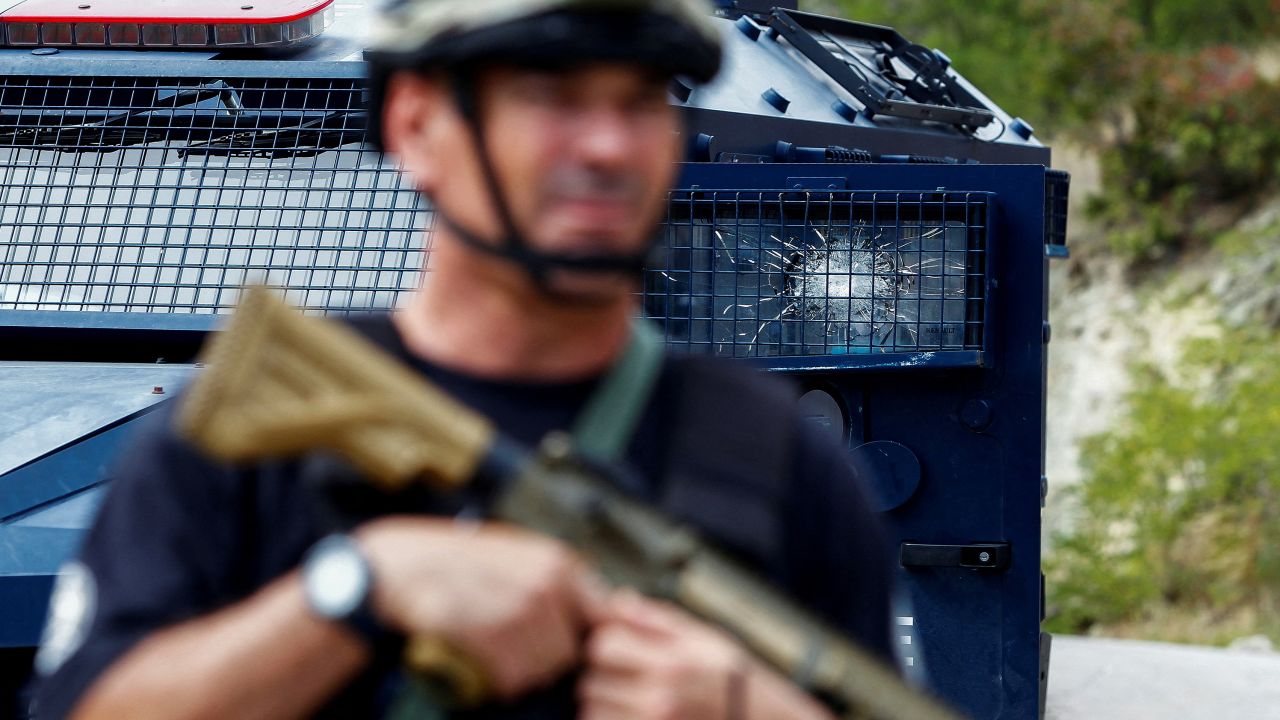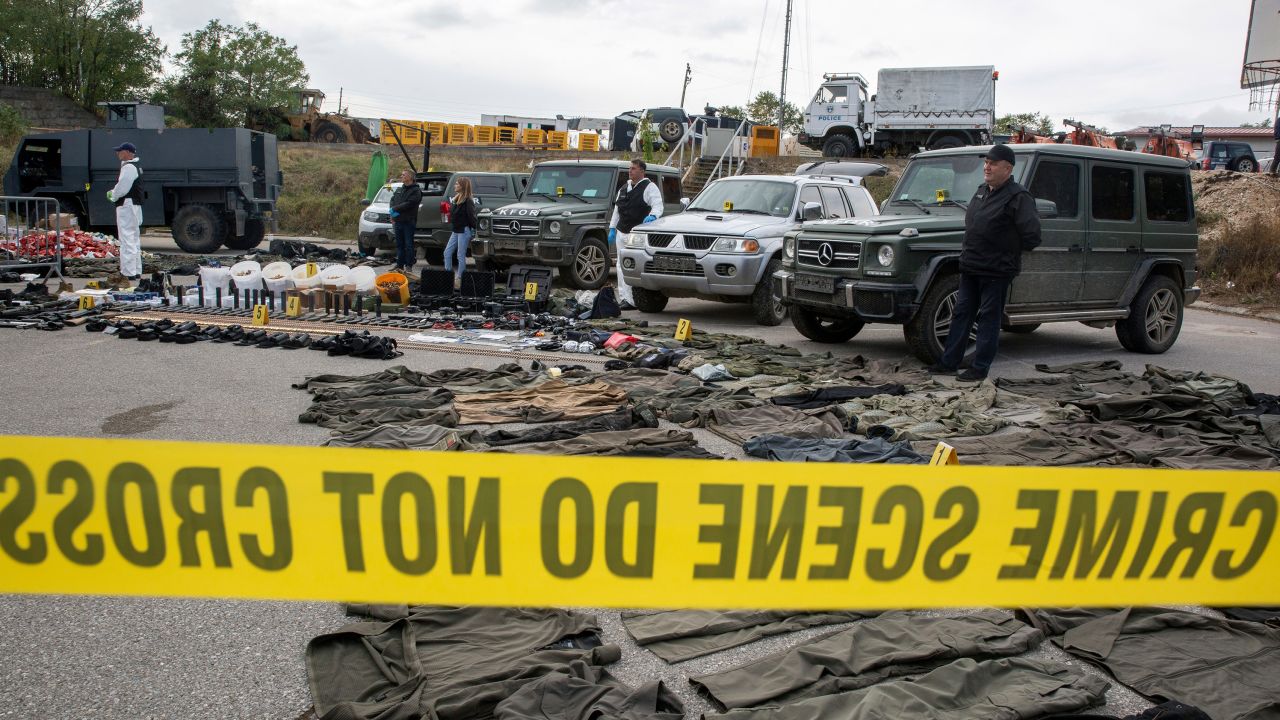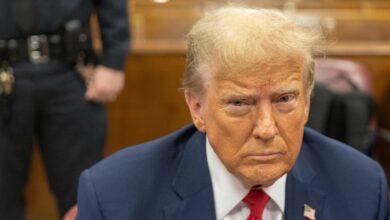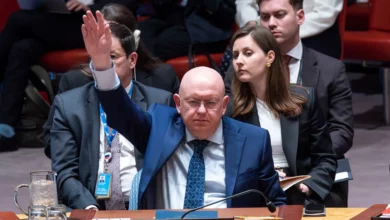
The trigger for the latest flare-up was the killing of a Kosovar police officer and an ensuing shootout at a monastery last weekend, but the roots of the tensions go as far back as the 1990s and the disintegration of the former Yugoslavia.
The White House is concerned, warning of an “unprecedented” build up of advanced Serbian artillery, tanks, and mechanized infantry units near the Kosovo frontier and calling for an “immediate de-escalation.”
CNN takes a close look at the factors involved.
A history of ethnic tensions
Kosovo declared independence from Serbia in 2008, following the 1998-99 war in which Kosovar Albanians attempted to break from what was then the Federal Republic of Yugoslavia, made up of today’s Serbia and Montenegro. The war was the culmination of decades of ethnic tensions between the region’s Albanian and Serb communities.
During the war, NATO intervened to protect Kosovo’s Albanian majority.

More than 20 years on, fragile peace has been preserved in Kosovo, while Serbia continues not to recognize Kosovo’s independence. Kosovo’s Serb minority view themselves as part of Serbia, and see Belgrade as their capital, rather than Pristina.
The majority of Kosovo’s Serbs – less than a tenth of the overall population – live in the northern regions, and have increasingly demanded greater autonomy from the ethnic Albanian popularity.
Disputes over the degree of autonomy for the minority Serbs persist, with the ethnic group sometimes responding with violent resistance to moves by Pristina that they see as anti-Serb.
What’s caused the latest flare-up?
A standoff between police and around 30 heavily armed Serbian men last Sunday was triggered by an ambush which left one Kosovo police officer dead and another injured.
During the subsequent shootout in the village of Banjska in northern Kosovo, police said they killed three armed attackers and arrested another. Some of the shooting took place near a Serbian Orthodox monastery, police say.
Authorities previously said they found “logistical equipment, suspected military vehicles, military uniforms as well as weapons and ammunition of different calibers” at a residential location being used by the attackers.
Like other villages in the north, Banjska is predominantly Serbian.
In a post on Facebook Sunday morning, Kosovo Prime Minister Albin Kurti described the shooting in Banjska as a “terror attack” conducted by what he said were “Serbian criminal gangs.”
Sunday’s outbreak of violence follows the unrest in May which saw dozens of NATO peacekeepers injured after they were attacked by ethnic Serbs in northern Kosovo.
Violence broke out after Serbian demonstrators tried to block newly elected ethnically-Albanian mayors from taking office in the northern town of Zvecan, following a disputed election in April.
What are both sides saying?
Kosovo’s President Vjosa Osmani pointed the finger at Belgrade for inciting Sunday’s violence.
Serbian President Aleksandar Vucic denies the allegations, arguing that Serbia would not benefit from something that would jeopardize its position in EU-sponsored normalization talks with Pristina, Reuters reported.
Vucic also condemned Kosovo police for shooting dead one of the gunmen in the head after he had surrendered “from the distance of a meter,” describing it as an “execution,” according to Reuters. He pledged to investigate the events surrounding the violence, including the origin of weapons seized after the incident by Kosovo police.

In another development, a top Kosovo Serb politician, Milan Radoicic said he took part in the gun battle, Reuters reported.
In a letter sent to Reuters by his lawyer, Radoicic, who is wanted in Kosovo and lives in neighboring Serbia, said he “personally prepared logistics for the defense of Serb people” and received no help from the Serb authorities.
How is the rest of the world reacting?
The White House has warned that the incident represents a threat to the safety of not only Kosovo personnel, but international personnel including NATO troops.
“According to Kosovo authorities, at least 30 people were involved in this attack which resulted in the death of a police sergeant a Kosovo Police Sergeant,” National Security Council coordinator for strategic communications John Kirby told journalists Friday.
“This is not the kind of an attack that carried out randomly, or ad hoc or by some small group. The amount and the types of arms that were found represent a threat to the safety of not only Kosovo personnel, but international personnel including NATO troops.”
He added that the US is now monitoring a large Serbian military deployment along the border with Kosovo.
“We believe that this is a very destabilizing development and it’s basically been taking place over the past week or so. And we are calling on Serbia to withdraw those forces from the border and to contribute to lowering the temperature,” he said.
NATO Secretary General Jens Stoltenberg said additional forces had been authorized for Kosovo following the deadly shootout, and also called for de-escalation.
CNN’s Christian Edwards, Radina Gigova, Josh Pennington, Eve Brennan and Alex Stambaugh contributed reporting.




